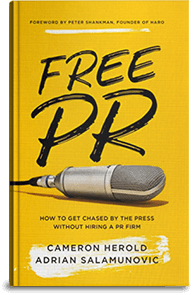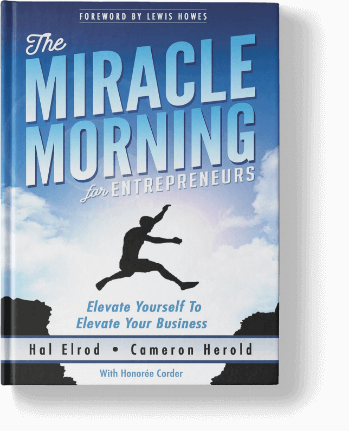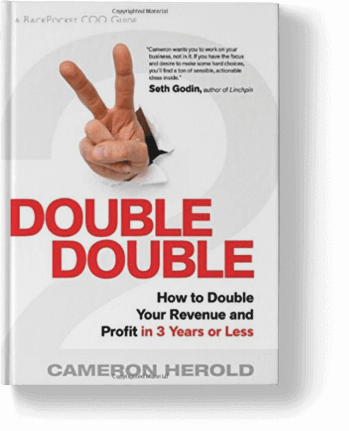The old adage of “hire for attitude, train for skill” doesn’t work anymore, if it even ever did. A good attitude can’t overcome a lack of skills no matter how upbeat and charismatic they are. When you’re growing at 100% revenue growth a year, you need people that will get the job done right away.
Faking It
A good attitude can be faked, skills cannot. This is not to say that you shouldn’t hire based on attitude, it means that you need them to provide the skills on top of that to ensure they’re not all bark and no bite.
To test if they’re faking it, ask a variety of questions beyond the basic ones that everyone knows to prepare for. Ask questions that switch it up and make them think on their feet, such as the Best Interview Question. You have to make sure the good attitude is honest if you’re going to let it partially influence your hiring decision.
It’s not impossible to find people that have both a good attitude and the skills for the job, so why listen to the hire for attitude adage?
You Might Miss Out on the Best Employee
People often associate different attitudes and personalities with different jobs. So, if you’re looking for a specific attitude for a specific job, you’re going to miss people that may not traditionally fit that description, but have all the skills and motivation to succeed in the job.
“People with different attitudes and personalities are often successful in the same job. That’s one reason hiring for attitude often falls short in identifying top performers; it causes you to overlook highly capable people who might not fit a specific hiring profile.” – Employment Technologies
So, what should you do? A good attitude doesn’t make up for a lack of skills, but having the skills and also having a bad attitude is just as bad. You need to find a balance of both attitude and skill, but how?
Topgrading
Brad and Geoff Smart wrote a fantastic book called Topgrading. It’s one of the best systems for interviewing candidates and determining why you should bring someone into your organization. So, what’s Topgrading?
Topgrading recommends ‘leaning out’ two years into the future with every prospective candidate and determining what they have to achieve for you to be happy that you hired them at the end of those two years.
Once you’ve started this ‘scorecard’ for the role, then construct your job description around the milestones your candidate needs to have achieved after two years. That provides you with a tight and specific job description. Once you’ve got that, then you can interview against it to make sure that candidates have what it takes to achieve these things in a timely manner.
Assessing both the attitude and the skill of your candidates is the only way to truly find the best people to hire. It’s not as difficult to hire for both as the adage makes it seem.
How do you assess skills and attitude? Do you value one over the other? Let us know in the comments below!
If you have questions or would like more information, I’d be happy to help. Please send an email, and my team will get in touch with you!
Editor’s Note: This post was originally published in August 2016 and has been edited for accuracy and comprehensiveness.


 If you’re reading this article, you’re probably interested in performing PR functions yourself, or in hiring team members to do so (or both). It will help you find the right people to execute the PR sales role in your organization, and secure free publicity for your company.Even though this falls under the category of public relations, what you’re really hiring for is a person who likes to do telephone sales. You’re looking for someone who loves to pitch people, and is technically savvy enough to compile resources online and monitor the media response to your campaign. The first rule –
If you’re reading this article, you’re probably interested in performing PR functions yourself, or in hiring team members to do so (or both). It will help you find the right people to execute the PR sales role in your organization, and secure free publicity for your company.Even though this falls under the category of public relations, what you’re really hiring for is a person who likes to do telephone sales. You’re looking for someone who loves to pitch people, and is technically savvy enough to compile resources online and monitor the media response to your campaign. The first rule – Pitching The Writer
Pitching The Writer





